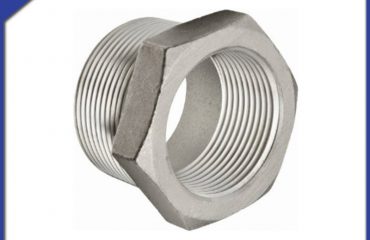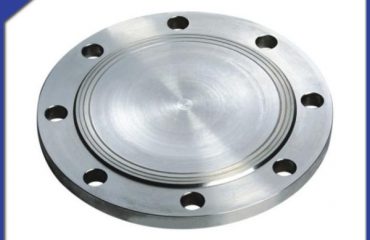
Threaded fittings are critical components in piping systems, enabling secure connections through screw-like threads. Their design allows for easy assembly and disassembly, making them versatile across industries. This guide covers types, materials, applications, and best practices to ensure effective use in various settings.
How Threaded Fittings Work
Threaded fittings create connections via interlocking male (external) and female (internal) threads. When tightened, the threads form a mechanical seal, often enhanced by sealants like Teflon tape or pipe dope. This design eliminates the need for welding, reducing installation time and allowing for future modifications. Thread compatibility is key—common standards include NPT (National Pipe Taper) for North America and BSP (British Standard Pipe) for global markets, ensuring proper engagement and leak resistance.
Common Types of Threaded Fittings
Elbows
Elbows change pipeline direction, available in 90° and 45° angles. Short-radius elbows suit tight spaces, while long-radius versions minimize flow resistance. They’re widely used in plumbing to navigate around walls or equipment, ensuring efficient fluid movement in constrained areas.
Tees
Tees split flow into two directions, with equal tees for same-diameter pipes and reducing tees for size transitions. In water distribution systems, they direct flow from main lines to branch lines serving fixtures like faucets or appliances.
Couplings
Couplings join two pipe sections, with straight couplings for same-size pipes and reducing couplings for different diameters. They’re essential for extending pipeline lengths in irrigation systems or industrial piping where flexibility in assembly is needed.
Unions
Unions allow easy disconnection without disrupting the entire system, consisting of a nut, male end, and female end. They’re ideal for maintenance points in chemical processing lines or HVAC systems, enabling quick access for repairs.
Caps and Plugs
Caps seal external pipe threads, while plugs close internal threads. They protect open ends during storage, isolate sections during testing, or permanently seal unused ports in manifolds and valves.
Materials for Threaded Fittings
Brass: Resists corrosion in water systems, making it common in residential plumbing. Its malleability simplifies threading and ensures tight seals.
Stainless Steel: Withstands high temperatures and chemicals, suitable for food processing, marine, and chemical industries. It resists rust in humid or salty environments.
Carbon Steel: Offers high strength for industrial applications like oil and gas, handling moderate pressures in non-corrosive settings.
PVC: Lightweight and chemical-resistant, used in low-pressure systems such as irrigation or drainage, where cost and ease of installation matter.
Industry Applications
Plumbing and Construction
Brass and PVC threaded fittings dominate residential and commercial plumbing, connecting water supply and drainage lines. Their easy installation speeds up construction timelines.
Oil and Gas
Carbon steel fittings join pipelines in upstream and midstream operations, handling crude oil and natural gas under moderate pressure in wellheads and storage facilities.
Chemical Processing
Stainless steel fittings resist corrosive substances, transferring acids, solvents, and reagents in pharmaceutical and petrochemical plants.
Food and Beverage
Food-grade stainless steel fittings ensure hygiene in processing lines, preventing contamination in dairy, beverage, and edible oil production.
Installation and Maintenance Tips
Thread Care: Inspect threads for damage; clean debris to ensure proper engagement. Use thread sealant sparingly to avoid blockages.
Tightening: Tighten fittings firmly but not excessively to prevent thread stripping. Use wrenches that match fitting sizes to avoid damage.
Inspections: Check for leaks, corrosion, or loosening periodically. Replace worn fittings promptly to maintain system integrity, especially in high-pressure applications.
 Language
Language Espanol
Espanol English
English Italian
Italian عربى
عربى
 Skype: chinamaker99
Skype: chinamaker99  Tel: 86-316-5120812
Tel: 86-316-5120812  Email:
Email:  Whatsapp:
Whatsapp: 
